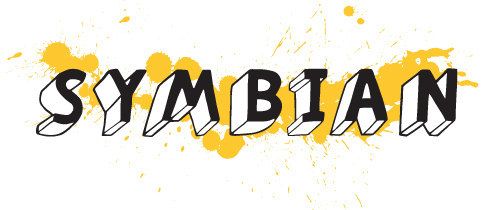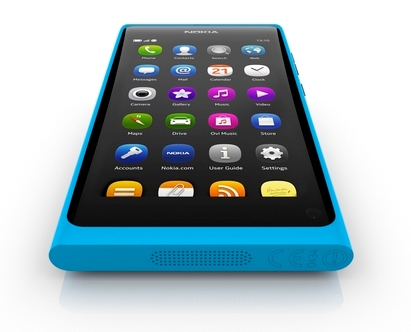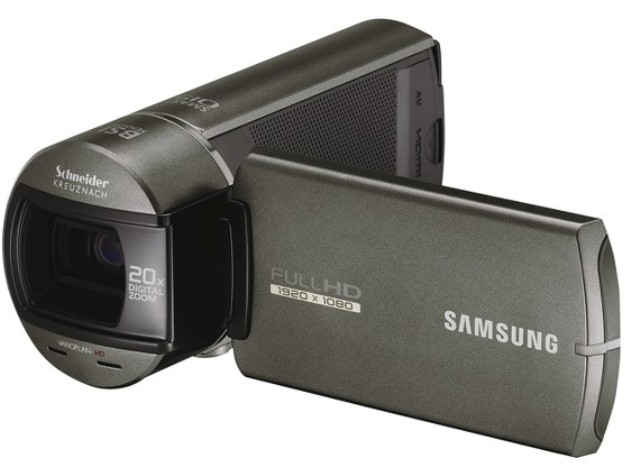Elon Musk’s AI chatbot Grok has once again found itself at the centre of controversy after the most recent update to Grok 3 triggered…
Symbian and MeeGo axed in UK and US
Symbian is officially dead, in North America and the UK at least. Here lays a mobile OS which paved the way for the smartphones of today and is now destined to be remembered as another missed opportunity in a line of failures from Nokia.

Nokia’s final Symbian phone was the Astound, which had the misfortune of launching directly after the announcement of the company’s adoption of Microsoft’s Windows Phone 7 mobile OS. Thanks to the upcoming closure of its US Symbian division, the MeeGo-based Nokia N9 will also not be making its way to America, or according to breaking news, the UK , more or less guaranteeing its rapid demise as a force in the smartphone market. This first and last MeeGo mobile phone was announced in Singapose in June, but its exact shipping date internationally is unclear.
How did Symbian fail Nokia, or Nokia fail Symbian? Our top five reasons:
Developers hated it
Developers did not love it, even those who had spent years in the business of Symbian found it difficult to learn and troubleshoot. Symbian often performed sluggishly as developers were frequently unable to get the most out of it because of arcane and downright stange ways of doing things. Half the time they were just trying to figure out how memory could be effectively utilised. Even moving apps between Symbian devices it was not easy: What worked on one device would often crash on another. Getting through the process to get code signed by Nokia was a nightmare.
It despised touchscreen
Symbian is a product of a time before the touchscreen. Its foray into touch began with resistive screens; these were displays which required pressure in order for the phone to detect changes to the system. Modern phones (such as the iPhone) use capacitive touch, this means that only a light touch from the finger is needed to produce a result, and they can be very accurate. When you combine resistive touch with a mobile OS which was not designed for point and drag navigation, the result is instantly jarring. As an example, the Nokia 5800 was a well-designed, entry-level smartphone which was hampered by a poor touchscreen — by the time Nokia had bolted a better touch interface onto Symbian, and started using the more modern touch hardware, it was already too late.
It won’t play nicely with others
Nokia has incredible hardware. One of its mobile phones, the N8, has a 12MP camera, shoots videos in HD and has 8GB of storage. Yet lumbered with the Symbian OS, the phone is hampered by sluggish controls and an endless array of issues, as documented by this N8 owner. The newer Symbian^3 OS was never adopted with any enthusiam by other phone manufacturers in that loose and fractious partnership, and soon Sony Ericsson, Samsung as well as Motorola ended all support for it on their mobile platforms, shifting their focus to Android.
The app store is a nightmare
There was a fairly strong set of third party app sites, as well as an official Nokia one, but seeing the success of Apple’s slick App Store, Nokia attempted to up its game with a more jazzy offering in the form of the Ovi Store. From launch it was an utter disaster, the customer support being questionable and developers reporting that Nokia did not do enough to actively promote their software. While the Apple and Android stores have issues, their larger selection of applications, as well as media content, got the positive buzz, and drew the developers. The downloadable application has now made its way into every facet of our computing life, Nokia may have been too slow to realise the importance of it.
It struggled to evolve
MeeGo, the follow-up to Symbian was lauded as a failure across the mobile phone industry, even before it launched. While the criticisms may be unfairly harsh, it begs the question – why would Nokia continue to support an OS which is launching on a single smartphone?

The funeral march has not yet started. According to Nokia CEO Stephan Elop, Symbian will continue to be supported until 2016, which means that handsets in Asia, Europe and Africa will remain relevant.
I grew up with Symbian, first encountering it inside the guts of an Ngage, the side-talking phenomenon. My taste in Symbian phones matured and I moved on to the delectable candy bar known as the N8, which was sadly stolen from me a mere six months into its life.
I am disheartened to see it pushed aside, yet Windows Phone 7 on Nokia handsets is the correct direction and abandoning Symbian seems like the smartest move. Nokia is not in a desperate situation yet, and its low-end mobile phones remain the most popular globally. Symbian is on its way out, but Nokia still has its strongest hand to play thanks to the Microsoft union.


